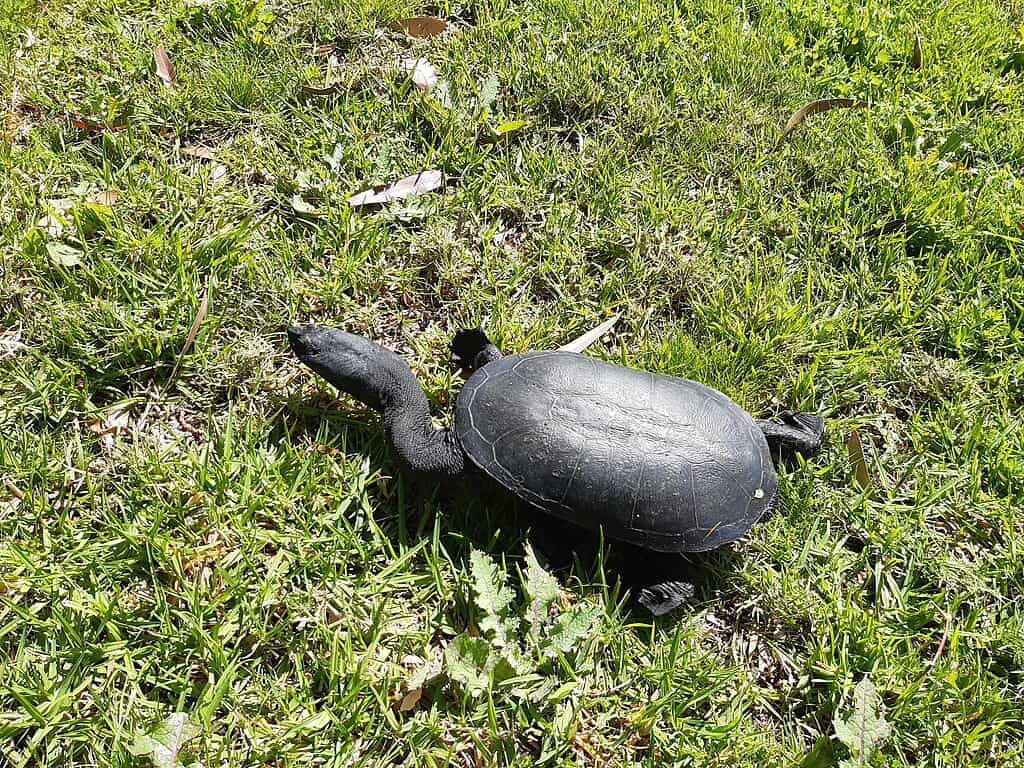Hibernation represents one of nature’s most fascinating survival strategies. While many of us understand the basic concept—animals sleeping through winter—the reality is far more complex and extraordinary. Throughout the animal kingdom, creatures have evolved remarkable adaptations that allow them to essentially “shut down” their bodies, dramatically reducing their metabolic rates, body temperatures, and energy requirements to survive harsh environmental conditions. From freezing solid to breathing once per hour, these extreme hibernators push the boundaries of biological possibility. This article explores twelve of the most incredible hibernation strategies in the animal world, showcasing the remarkable resilience and adaptability that allows these creatures to survive conditions that would be fatal to most other organisms.
12. Wood Frogs The Freeze-Tolerant Amphibians

Wood frogs (Lithobates sylvaticus) take hibernation to an almost unbelievable extreme. As winter approaches in their native North American habitats, these remarkable amphibians employ a survival strategy that seems more science fiction than reality—they allow themselves to freeze almost completely solid. Up to 65% of the water in their bodies turns to ice, while their hearts stop beating and their breathing ceases entirely. What prevents their cells from being destroyed by ice crystals? Their bodies produce high concentrations of glucose and urea, which act as natural antifreeze compounds, protecting vital cellular structures from damage.
Scientists have measured wood frogs’ body temperatures dropping as low as 28°F (-2°C) during hibernation. When spring arrives and temperatures rise, these remarkable amphibians thaw from the outside in, with their hearts beginning to beat even while portions of their bodies remain frozen. Within hours of thawing, they resume normal activities as if nothing extraordinary had occurred. This freeze-tolerance adaptation allows wood frogs to hibernate in relatively exposed locations just beneath leaf litter, rather than having to bury themselves below the frost line like many other amphibians.
11. Arctic Ground Squirrels Supercooling Champions
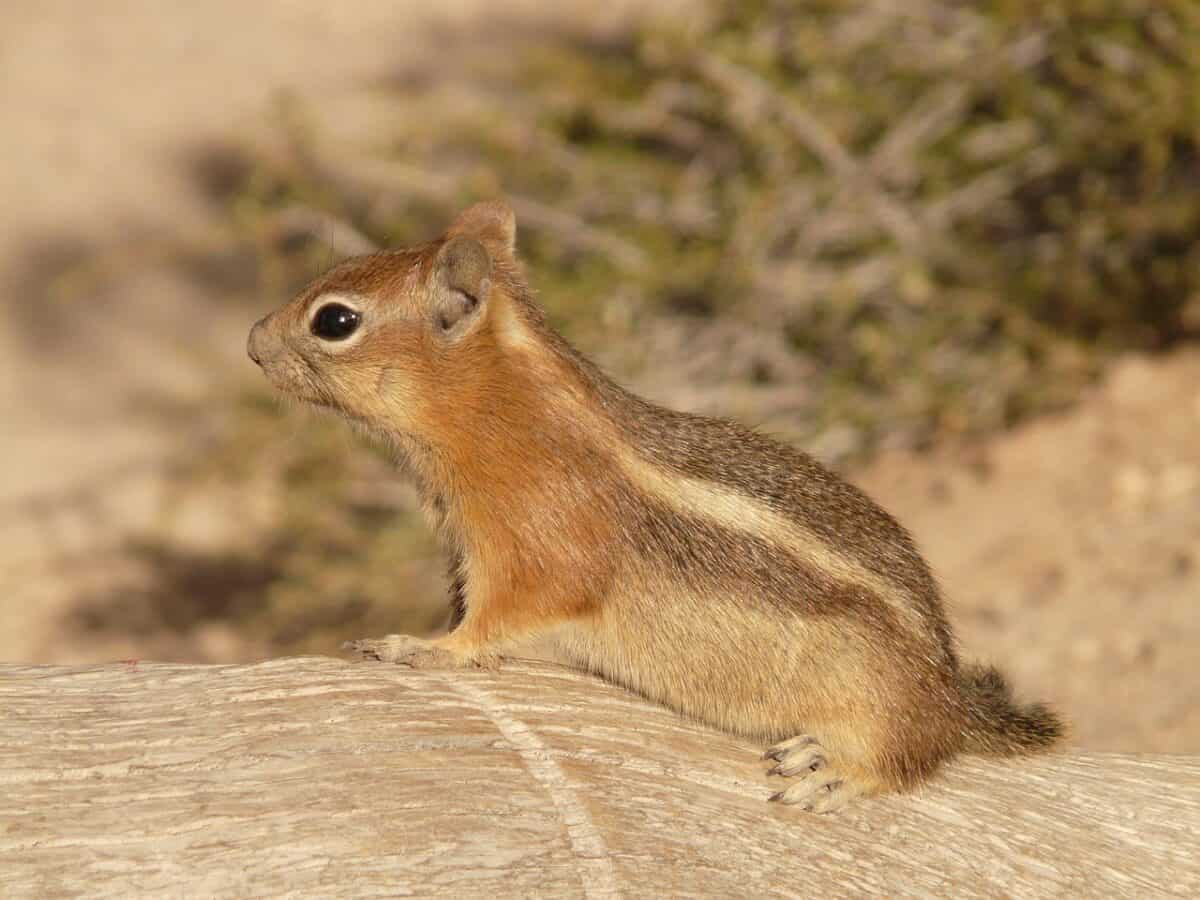
Arctic ground squirrels (Urocitellus parryii) have evolved what might be the most extreme hibernation of any mammal. During their winter dormancy, which can last up to eight months, these rodents perform a biological feat called supercooling. Their body temperature drops to as low as 26°F (-3°C)—below the freezing point of water—yet their bodily fluids don’t solidify. This makes them the only known vertebrate capable of surviving with a body temperature below freezing.
During hibernation, an Arctic ground squirrel’s heart rate slows from 200-300 beats per minute to just 3-10, and it takes only a handful of breaths per minute. Perhaps most remarkable is what happens to their brains—they experience regular “mini warming” episodes where their body temperature rises, requiring significant energy expenditure. Research suggests these warming periods allow for crucial sleep, as the brain cannot achieve true sleep while in its supercooled state. To prepare for this extraordinary dormancy, the squirrels build up enormous fat reserves, nearly doubling their body weight before hibernation begins.
10. Fat-Tailed Dwarf Lemurs Primates That Pause
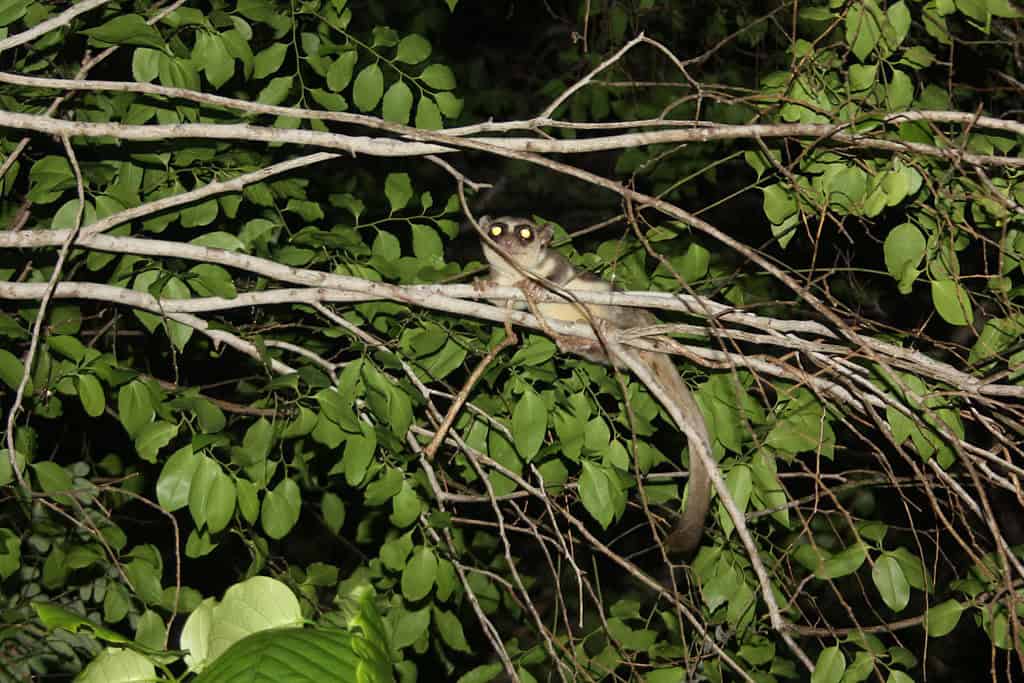
The fat-tailed dwarf lemur (Cheirogaleus medius) of Madagascar stands out as the only primate known to enter true hibernation. Unlike most hibernators that live in cold climates, these lemurs hibernate during the dry season in tropical Madagascar, when food becomes scarce. What makes their hibernation particularly unusual is that they do it in the tropics, where temperatures can still reach 86°F (30°C) during the day—conditions that would normally be far too warm for hibernation.
During their dormant period, which can last up to seven months, fat-tailed dwarf lemurs retreat to tree hollows where they enter a state of torpor. Their metabolic rate drops by up to 90%, and their body temperature fluctuates with their environment rather than remaining constant as in most mammals. To fuel this extended dormancy, they store fat in their tails, which can nearly double in diameter before hibernation begins. This fat supply provides the energy needed for their gradual metabolism throughout the hibernation period. When they emerge at the start of the wet season, their tails have thinned dramatically, having consumed their built-up energy reserves.
9. Black Bears The Alert Hibernators

Black bears (Ursus americanus) challenge traditional definitions of hibernation with their unique dormancy style. Unlike many hibernators who become completely unresponsive, black bears maintain a remarkable level of alertness during their winter sleep. Their body temperature drops only modestly—from a normal 100°F (38°C) to about 88°F (31°C)—allowing them to wake quickly if threatened. This state is sometimes called “walking hibernation” because bears can rouse themselves and become active within minutes if necessary.
What truly distinguishes black bear hibernation are their physiological adaptations. During their 3-5 month dormancy, bears don’t eat, drink, urinate, or defecate. Their bodies recycle metabolic waste into proteins, preventing toxic buildup and muscle atrophy despite months of inactivity. Female bears even give birth and nurse their cubs during hibernation, drawing entirely on stored body fat for energy. Perhaps most medically significant, hibernating bears develop insulin resistance similar to human diabetes, yet suffer none of the harmful effects, making them a subject of interest for diabetes research. Bears can lose 15-30% of their body weight during hibernation yet emerge in spring with their muscle mass and strength largely intact.
8. Bats The Microawakening Masters

Bats represent some of the most sophisticated hibernators, with little brown bats (Myotis lucifugus) demonstrating particularly extreme adaptations. During hibernation, these small mammals can reduce their heart rate from 400-1100 beats per minute to just 18, while taking only a single breath every 48 minutes. Their body temperature plummets from about 100°F (38°C) to just slightly above their surroundings, sometimes as low as 35°F (2°C), conserving precious energy stores during months when insects are unavailable.
What makes bat hibernation especially intriguing is their pattern of periodic arousal. Every few weeks, hibernating bats briefly wake, raise their body temperature, move around, and sometimes urinate or groom before returning to torpor. These arousal events consume up to 90% of the energy used during hibernation, yet they appear essential for survival. Scientists believe these microawakenings may allow bats to restore critical neurological functions, rebalance their body chemistry, or respond to threats such as white-nose syndrome. This fungal disease disrupts hibernation patterns and has devastated bat populations across North America. Some bat species can extend hibernation for over 6 months, surviving on just a few grams of stored body fat.
7. Turtles The Butt-Breathing Hibernators
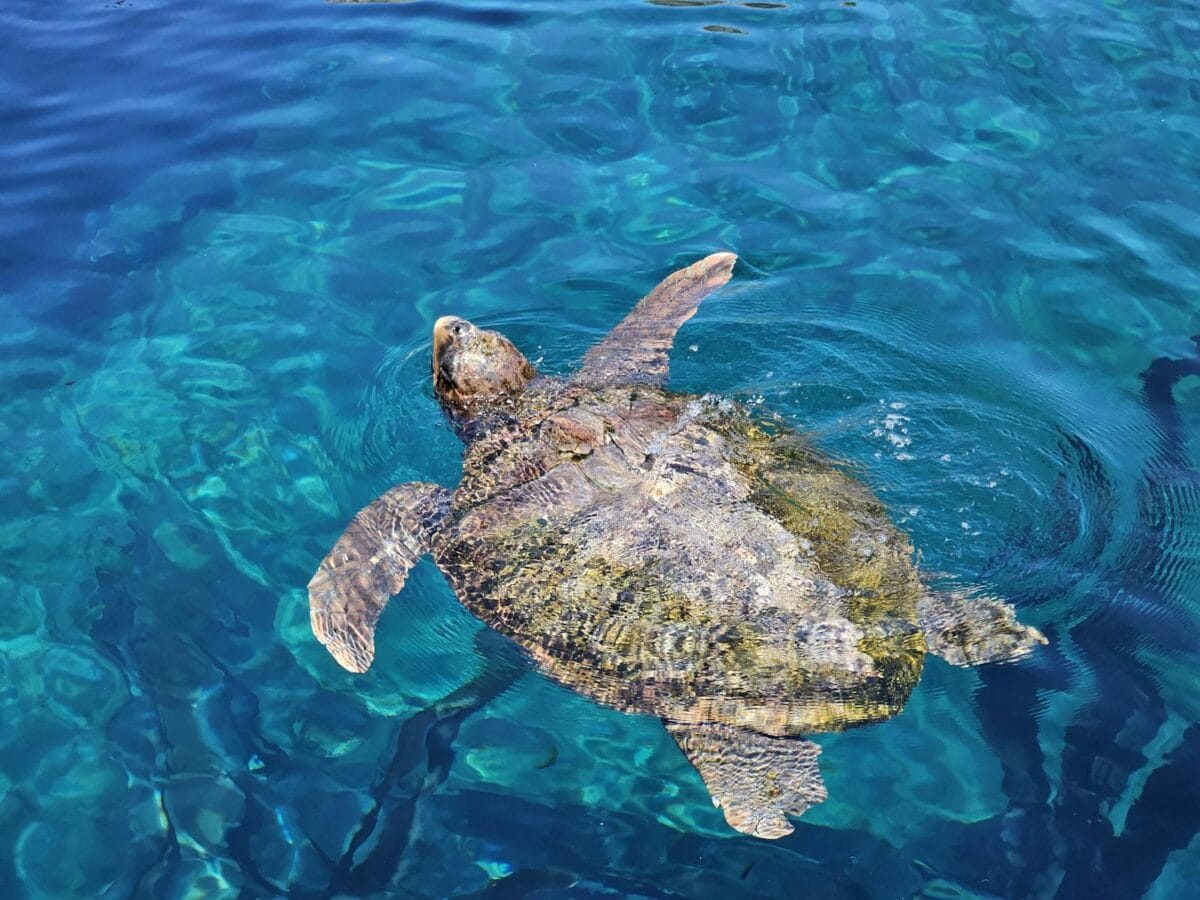
Certain freshwater turtles have evolved perhaps the strangest respiratory adaptation for hibernation. Species like the eastern painted turtle (Chrysemys picta) spend winter submerged in the oxygen-poor mud at the bottom of ponds and lakes. Unable to surface for air for months at a time, these turtles employ a technique colorfully known as “cloacal respiration”—or more colloquially, “butt breathing.” Their cloaca (the posterior opening that serves as the exit for their digestive, reproductive, and urinary tracts) is lined with blood vessels that can extract dissolved oxygen from the water.
During hibernation, painted turtles undergo remarkable physiological changes. Their hearts may beat only once every 10 minutes, and they shift to anaerobic metabolism, producing lactic acid as a byproduct. Most vertebrates couldn’t tolerate this acid buildup, but these turtles’ shells release carbonates that neutralize the acid, while their bones and shells can actually dissolve slightly to buffer their blood pH. Even more impressive, painted turtle hatchlings can survive being frozen solid, with ice crystals forming between their cells, thanks to high concentrations of glucose and glycerol that act as natural antifreeze. When temperatures warm in spring, they thaw and continue development with no apparent harm from their frozen state.
6. Common Poorwills The Bird That Sleeps for Months
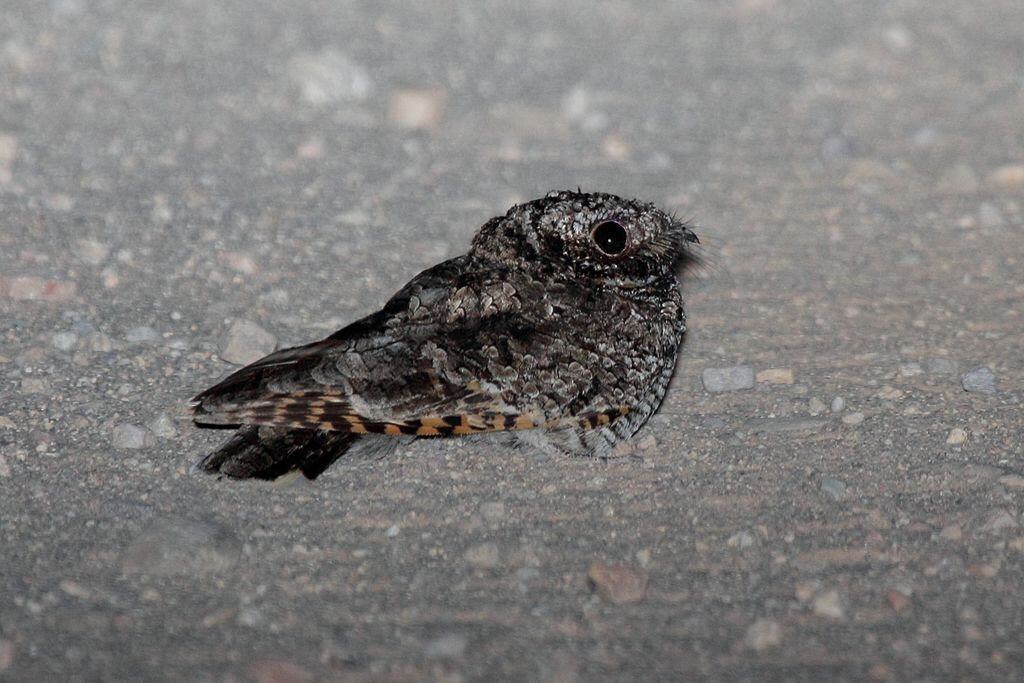
The common poorwill (Phalaenoptilus nuttallii) holds the distinction of being the only bird known to enter a true hibernation state. Native to the arid regions of North America, these nocturnal birds respond to cold temperatures and food scarcity by entering a state of torpor that can last for weeks or even months. Their body temperature drops from 104°F (40°C) to as low as 41°F (5°C), their breathing becomes nearly imperceptible, and their metabolic rate plummets to less than 5% of normal—adaptations that allow them to survive without food for extended periods.
The Hopi people of the southwestern United States have long recognized this unusual behavior, giving the poorwill the name “the sleeping one.” Unlike most birds that migrate to avoid harsh winter conditions, poorwills find a protected rock crevice or burrow, often returning to the same hibernation site year after year. They position themselves to capture some solar radiation during brief warming periods, which may help extend their survival. Research suggests their hibernation is triggered by food availability rather than temperature alone, as they sometimes enter torpor even during summer months if insect populations decline. When they eventually emerge from hibernation, poorwills have typically lost about 25% of their pre-hibernation weight.
5. Tenrecs The Variable Temperature Hibernators

Tenrecs, small mammals native to Madagascar and parts of mainland Africa, display some of the most flexible hibernation patterns in the animal kingdom. The common tenrec (Tenrec ecaudatus) is particularly noteworthy for its extraordinary ability to allow its body temperature to fluctuate with its environment—a trait called heterothermy. During hibernation, their body temperature can fall to as low as 68°F (20°C), but can rise dramatically when ambient temperatures increase, even while remaining in their dormant state.
What makes tenrec hibernation particularly unusual is its inconsistency. These animals can enter and exit torpor unpredictably throughout the year, not just during winter months. Their hibernation appears to be opportunistic rather than seasonal, allowing them to conserve energy whenever food is scarce or conditions are unfavorable. This flexibility likely evolved as an adaptation to Madagascar’s unpredictable climate and resource availability. Unlike many hibernators that have a single extended dormancy period, tenrecs may cycle through multiple hibernation episodes of varying duration, from just a few hours to several weeks. During their deepest torpor, their heart rate slows from over 200 beats per minute to fewer than 10, and they may breathe only once every 15 minutes.
4. Golden-mantled Ground Squirrels The Hibernation Research Stars
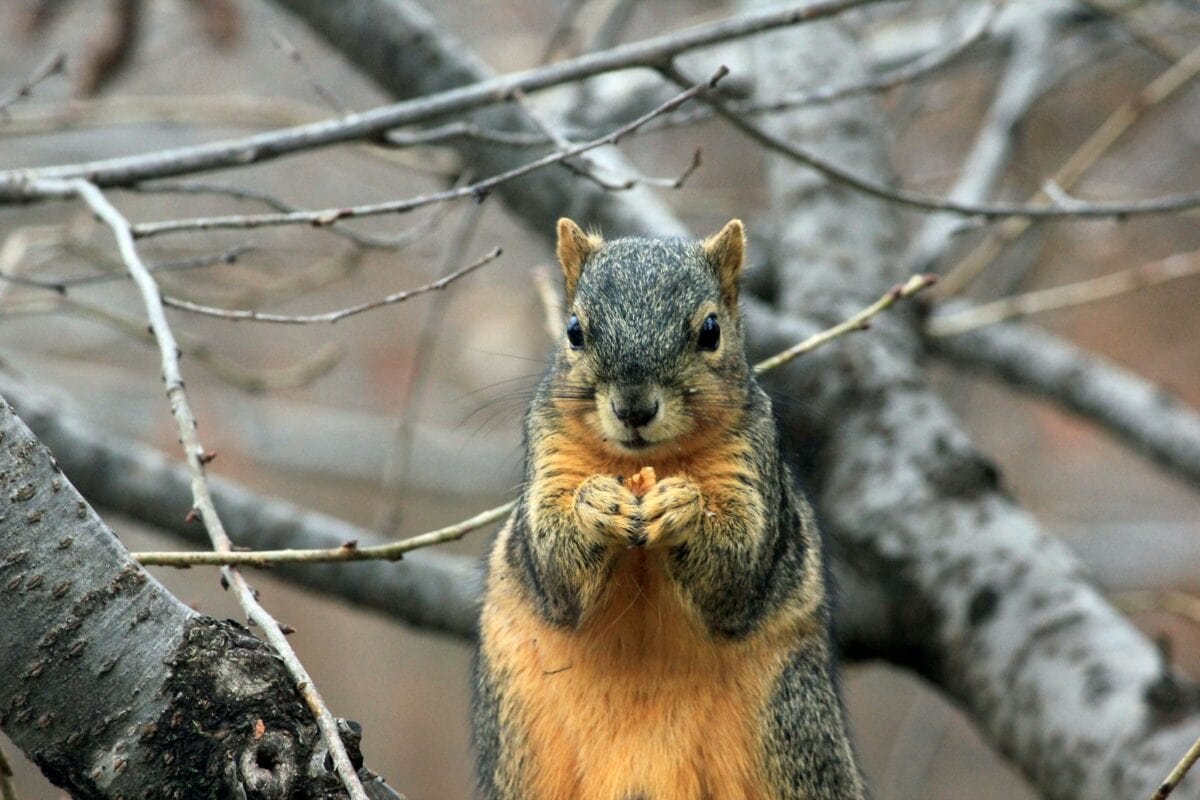
Golden-mantled ground squirrels (Callospermophilus lateralis) have become one of science’s most valuable models for understanding the mechanisms of hibernation. These small rodents from western North America exhibit a physiological transformation that has captivated researchers worldwide. During their 7-8 month hibernation period, their heart rate drops from 200 beats per minute to just 3-10, they take only a few breaths per minute, and their body temperature plummets from 98°F (37°C) to just above freezing, sometimes as low as 35°F (2°C).
What makes these squirrels particularly remarkable is their brain activity during hibernation. Despite their drastically reduced metabolism, researchers have documented that certain brain regions remain surprisingly active. These squirrels experience periodic “arousal episodes” every 1-2 weeks, where they rapidly warm to normal body temperature for 12-24 hours before returning to torpor. During these brief awakenings, they don’t eat or drink but appear to restore essential neural functions. Their bodies also undergo dramatic seasonal changes in gene expression, activating genes that protect organs during cold conditions and cellular stress. Perhaps most intriguing to medical researchers, these squirrels naturally develop insulin resistance during hibernation season (similar to Type 2 diabetes in humans). Still, they can rapidly reverse this condition without any apparent health consequences.
3. Alpine Marmots The Social Hibernators

Alpine marmots (Marmota marmota) have developed one of the most socially sophisticated hibernation strategies in the animal kingdom. Unlike many hibernators that den individually, these mountain-dwelling rodents hibernate in family groups of 2-20 individuals within complex burrow systems. This social hibernation serves a crucial survival function—huddling together allows them to significantly reduce energy expenditure by sharing body heat, with subordinate members of the group benefiting most from this arrangement.
The physiological changes alpine marmots undergo during their 6-9 month hibernation are equally impressive. Their heart rate drops from about 120 beats per minute to just 3-4, with one breath occurring approximately every 5 minutes. Their body temperature falls from 97°F (36°C) to just above freezing. To prepare for this extended dormancy, marmots undergo what biologists call “hyperphagia”—an intensive feeding period during summer where they consume enough food to increase their body weight by up to 50%, primarily as stored fat. Most remarkably, alpine marmots have adapted to coordinate their arousal periods, with family members synchronizing their brief warming episodes throughout winter. This social coordination likely evolved to maintain group cohesion and maximize energy conservation.
2. Lungfish The Aquatic Hibernators

African lungfish (Protopterus spp.) represent one of evolution’s most extraordinary hibernation adaptations. When their aquatic habitats dry up during annual drought seasons, these remarkable fish engage in a process called aestivation—essentially a warm-weather version of hibernation. As their ponds disappear, lungfish burrow into the mud and secrete a mucus cocoon around themselves that hardens into a protective case. Inside this biological time capsule, they can remain dormant for up to four years, waiting for water to return.
The physiological transformations lungfish undergo during aestivation push the boundaries of vertebrate survival. Their metabolic rate drops to less than 1/60th of normal, and they shift to using stored fat and muscle protein as energy sources. Perhaps most remarkably, they convert their waste ammonia (highly toxic to most vertebrates) into less harmful urea, which they can safely accumulate in their tissues. Rather than using their gills, they breathe air through a small opening in their cocoon that connects to their primitive lung. Their heart rate slows dramatically, and many bodily functions essentially shut down. When rains eventually return and their habitat floods again, lungfish break free from their cocoons and resume normal activity within hours—a testament to the extraordinary resilience some creatures have evolved to survive extreme environmental fluctuations.
1. Edible Dormice The Record-Setting Rodent Hibernators

Edible dormice (Glis glis) hold the mammalian record for hibernation duration, with documented dormancy periods lasting up to 11 months in a single year. These European rodents, historically considered a delicacy by ancient Romans who fattened them in special jars called “gliraria,” have evolved a hibernation strategy that extends well beyond the winter months. Their hibernation isn’t just about avoiding cold temperatures—it’s a sophisticated reproductive strategy tied to food availability, particularly the mast production cycles of European beech trees.
During hibernation, edible dormice undergo dramatic physiological changes. Their heart rate drops from over 300 beats per minute to just 5-10, and they take only a few breaths per minute. Their body temperature falls from about 97°F (36°C) to as low as 35°F (2°C). What makes their hibernation particularly extraordinary is its flexibility; dormice can adjust their hibernation duration based on environmental cues, sometimes skipping reproduction entirely during years with poor food availability and extending their dormancy instead. This feast-or-famine adaptation allows adult dormice to achieve unusual longevity for small rodents, with some individuals living up to 12 years in the wild—far longer than similar-sized non-hibernating rodents. During hibernation years, they can lose up to 50% of their pre-hibernation body weight, yet emerge ready to mate and reproduce when conditions are favorable.
Conclusion

Hibernation is far more than a long winter’s nap—it’s a dazzling array of biological adaptations that allow animals to endure the harshest conditions on Earth. From frogs that freeze solid to lungfish that sleep through years of drought encased in mud, these creatures demonstrate the extreme lengths to which life will go to survive. Each species on this list has evolved its own unique version of dormancy, shaped by its environment and evolutionary pressures. As climate change and habitat disruption increasingly threaten ecosystems, understanding these extraordinary survival strategies may offer critical insights—not just into the resilience of wildlife, but potentially into breakthroughs in medicine, space travel, and beyond.
- 10 Things Komodo Dragons Need in the Wild And 4 They Avoid at All Costs - August 15, 2025
- 13 Ancient Animals Still Alive Today - August 15, 2025
- 10 Animals That Can See Hear or Smell Better Than Any Human - August 15, 2025

